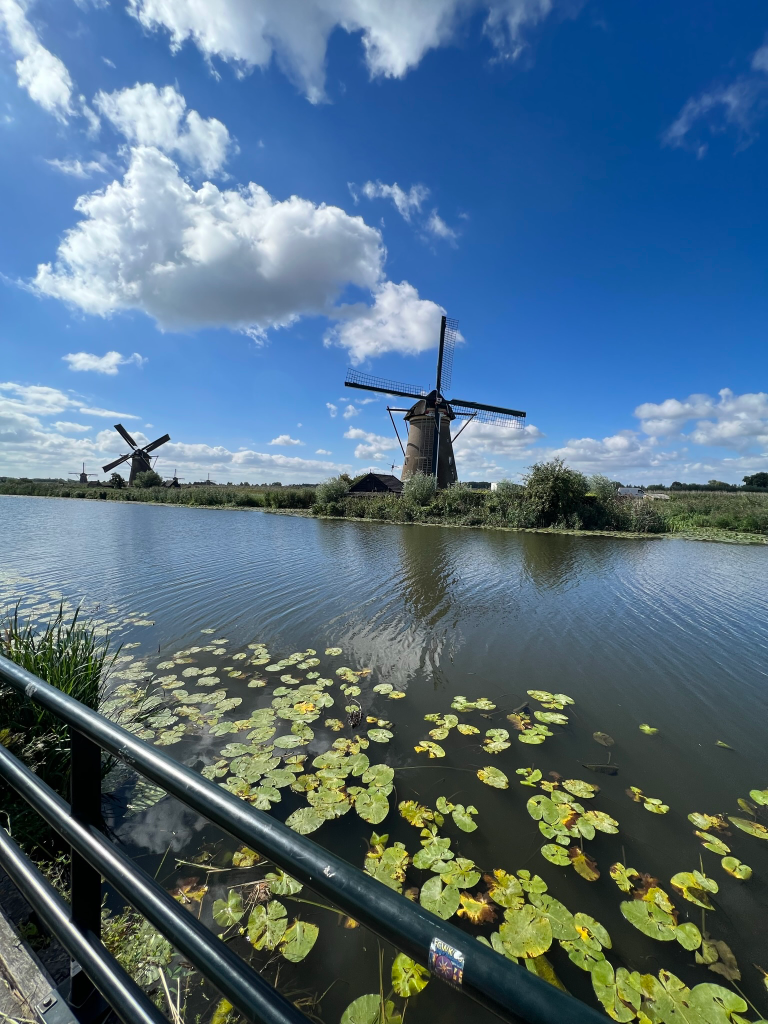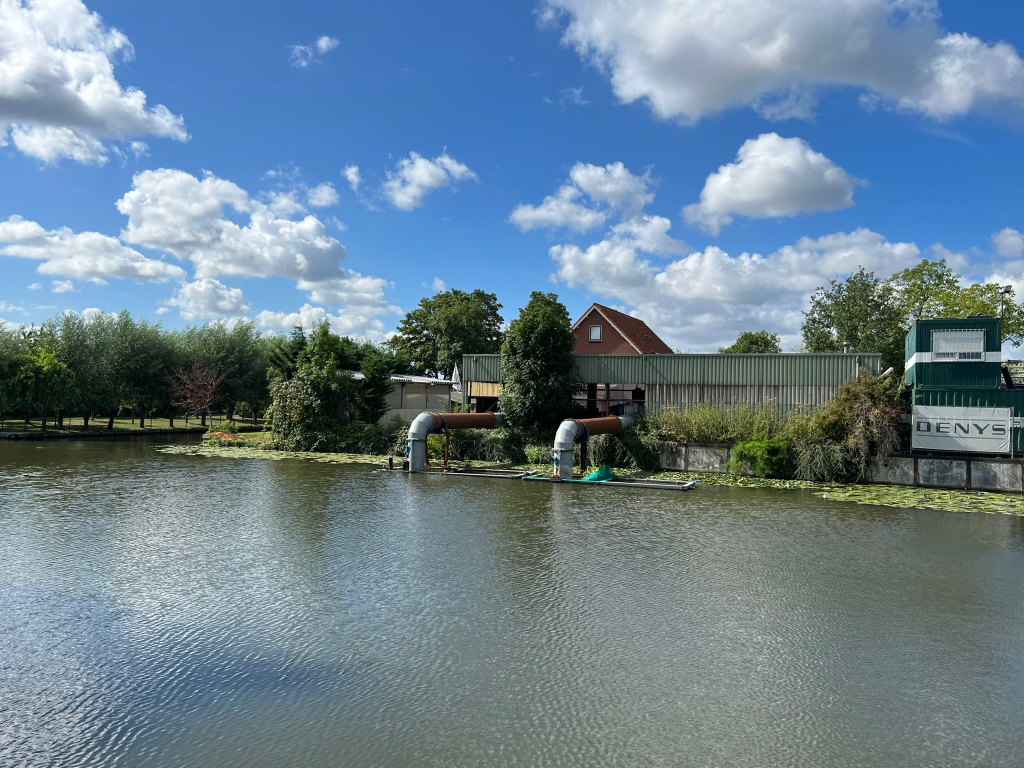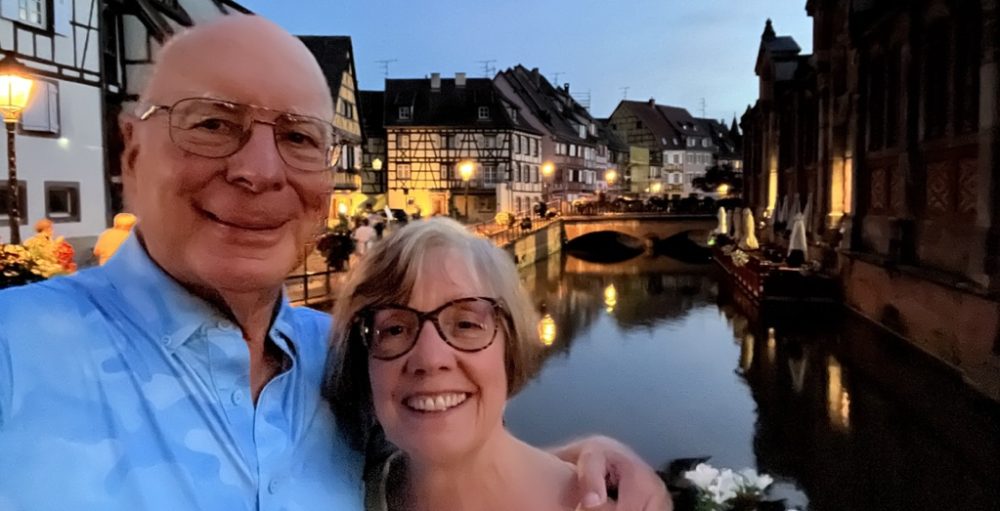Windmills are a favorite subject of artists and photographers. They intrigue us! We mostly associate them with Holland, or The Netherlands. Now only about one tenth (1,000) are left. Before we answer the question about where have they gone it dawned on me that I did not know why they are there, and why so many in that part of the world?

Half of the windmills in The Netherlands were industrial, used for grinding grains, pressing seeds into oil and sawing wood. Similar to water wheels in the USA. The other half were for water management. One fourth of The Netherlands is below sea level. Not just Amsterdam – the whole country. Sixty percent is at sea level or below. Much of the farmland and some villages were reclaimed from lakes hundreds of years ago. So the whole country depends heavily on a system that moves water to the sea. And not just after a big storm. All the time.

That system begins with ‘ditches’ cut into the fields to collect water. The ‘ditches’ also form boundaries in the farms, so no fences are needed to contain livestock or define property lines.

Water from the ‘ditches’ is pumped into collection canals (also called ring canals), which are at a slightly higher elevation. Long before there was electricity that was the job of the windmills. To pump the water. They were not just decorative. They were essential.

Then the water is pumped again from the collection canals to the rivers, which have built-up banks (levees). Windmills did that as well. From the rivers the water flows to the sea. Today it is all done by electric pumps, so the windmills are no longer needed. This whole system is governed by a Management Board, whose officials are elected. It remains a very important role, because they inspect every ditch, collection canal and levees, and the pumps, twice a year. They also control the remaining windmills, and decide which ones to maintain.
Some of them are now leased as residences, and the occupants are required to operate the windmills a designated number of 60,000 rotations a year to keep the mechanism working.

One other intriguing fact. How much water needs to be pumped varies. More after a big storm. Less after a dry period. So how did they control the speed of the windmills, and therefore the pumping? With sails! Each windmill blade has a canvas ‘sail’ that can be unfurled to cover more of the blade. More sail – more speed! And the blades of the windmill or sometimes the entire windmill can be turned into the wind direction. This simple solution also goes back 400 years. They can only operate them while at home because tending the sails on the windmills is like sailing a ship — it has to be constantly watched with changing winds.
The heritage and beauty of windmills became important around 50 years ago, and today they all have a special monument status and are protected.
–– Jim Deupree
My collaborator for this post was Frank K, our superb tour guide for five days. We toured from Brussels to Amsterdam with him, then from Amsterdam to Bruges. In between in and around Amsterdam. Highest recommendation. info@holland2go.nl
